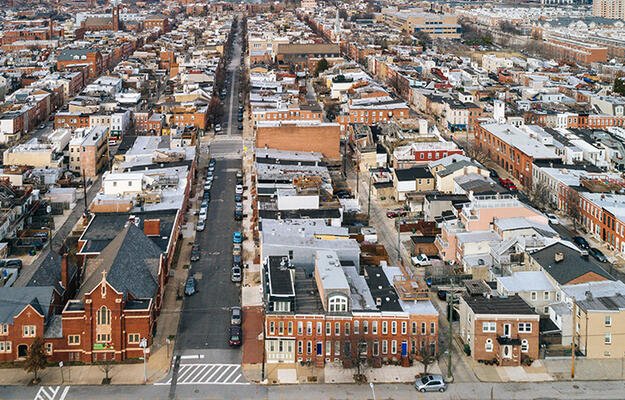
Adult Educational Progress Is Affected by Neighborhood
- Title:
- Adult Educational Progress Is Affected by Neighborhood
- Author:
-
Laura Tach, Sara Jacoby, Douglas J. Wiebe, Terry Guerra, Therese S. Richmond
- Source:
- Publication Date:
-
2016
A new study published in Housing Policy Debate, entitled "The Effect of Microneighborhood Conditions on Adult Educational Attainment in a Subsidized Housing Intervention," has found that the neighborhood where adults live affects their educational progress. The researchers used data from ACHIEVEability, a West Philadelphia non-profit that offers housing assistance with a requirement for employment and enrollment in a postsecondary degree program. To be eligible, participants must be homeless or in insecure housing, be the single custodial parent of at least one child, have an income of $1,200 to $1,800 per month, be able to work, and exhibit motivation to earn a postsecondary degree. A total of 84 ACHIEVEability participants were assigned on a quasi-random basis to housing units in 30 different block groups, all within a 2 mile radius.
Poverty rates in the block groups ranged from 8 to 55 percent. The percent of adults with a bachelor's degree ranged from 0 to 10 percent. Violent crime rates ranged from 5 to 25 crimes per 10,000 residents. Property crime rates ranged from 12 to 63 crimes per 10,000 residents. Vacancy rates ranged from less than 1 percent to more than 20 percent of the housing stock. The correlation between these factors in neighborhoods was only modest. If a resident was assigned to housing in a high-poverty block group, that did not necessarily also place them in a more violent or less educated neighborhood.
Major findings:
- Overall, participants earned an average of 12 college credits per year.
- Participants assigned to housing in neighborhoods with lower levels of educational attainment, higher rates of poverty, or higher rates of violent crime earned credits more slowly.
- Participants in placed in higher-poverty, less-educated, or more violent neighborhoods were more likely to exit the program without meeting their educational or self-sufficiency goals.
- Vacant housing and property crime in the neighborhood had no significant impact on educational progress.
- Housing location was not associated with different types of postsecondary schools or the distance traveled to school.


